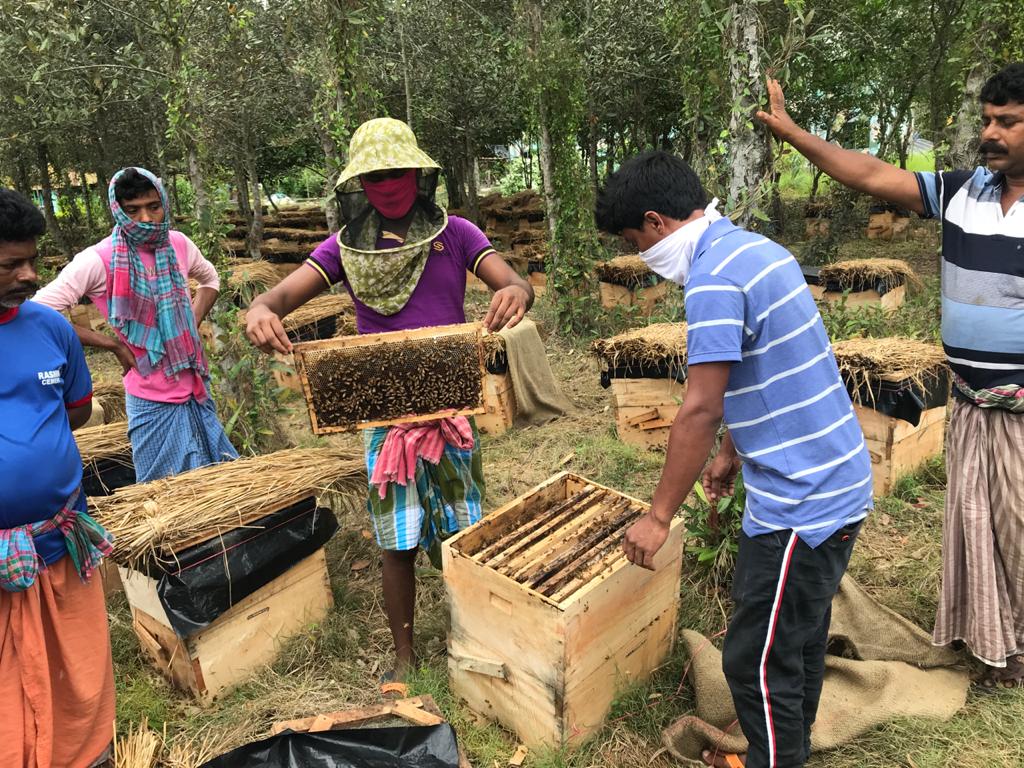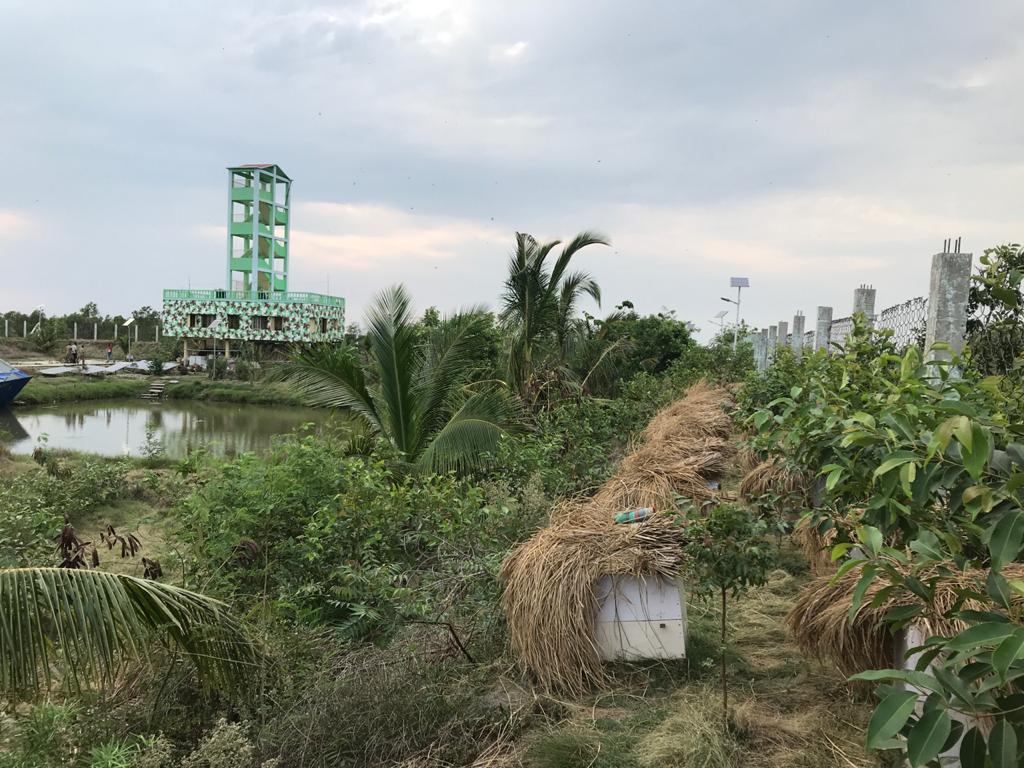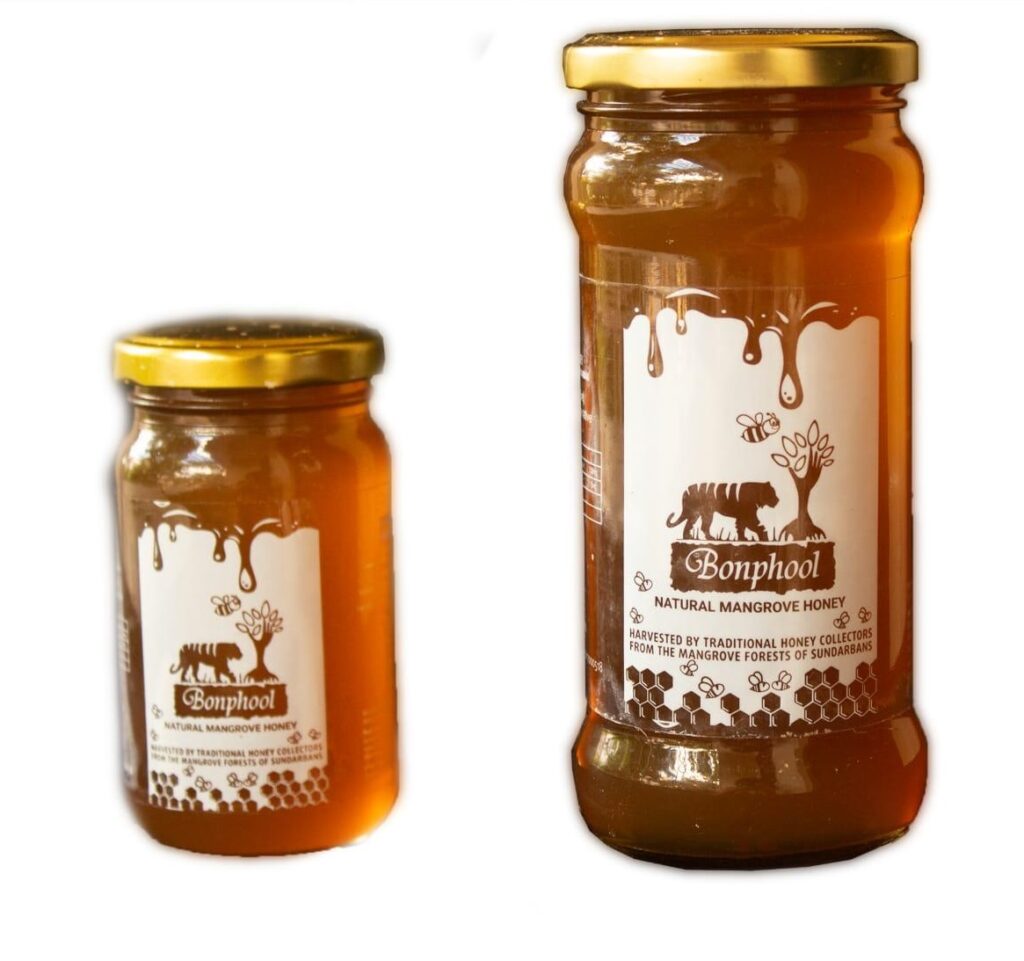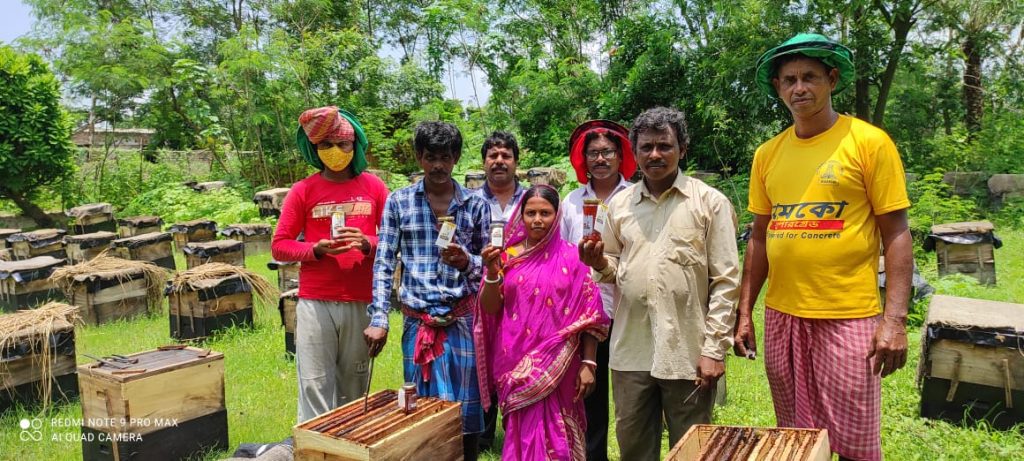In the recent past, there were news reports that most of the honey sold in India were adulterated as the samples of many renowned brands had failed tests conducted in a lab in Germany. But, today, we are going to tell you about a honey which is not only totally pure, but also forms the basis of livelihood for the local people of Sunderban.
We are talking about Banphool Honey, which is sourced from the mangrove forests of Sunderban in West Bengal. This honey is then preserved and sold by the traditional honey collectors of the area. Due to the untiring efforts of Santhosha Gubbi R, a 2008 batch IFS officer, this honey is now emerging out of the mangrove area and reaching homes across the country. Its USP is that it is pure and natural, and sourced directly from the hives of domesticated bees of the Sundarbans.

THE PROBLEMS FACED BY HONEY MAKERS
In an exclusive conversation with Indian Masterminds, Santhosha Gubbi R said, “From the year 2018 to 2020, I was Divisional Forest Officer (DFO) in the Sundarbans in 24 Parganas district of Bengal. That’s when I started the honey initiative. I noticed that fishermen were engaged in fishing for nine months only, from July to March. But during the floods season, they engage in active honey collection as an alternative form of livelihood.”
He further informed that being a Tiger Reserve area, there was a lot of danger there. Since this was a water-logged area of the mangrove forest, they had to walk through mud and crocodiles-infested waters to look for honey, where snakes and tigers also abound. According to official figures, about 20 people fall prey to the predators annually and most of these deaths go unreported. Even after risking their lives to get it, the honey was finally sold for 120 rupees a kg only, as there were neither any proper markets in the area, nor any other marketing methods.

THE SOLUTION
Santhosha, currently posted as Additional Secretary in Panchayat and Rural Development Department, says, “The Forest Department took an initiative to find a solution to this problem. First, these honey collectors were trained in commercial beekeeping and, then, they were given a place in the campus of the Forest Department so that they could do beekeeping without any danger.” He helped the beekeepers to form self-help groups, so that they can get financial support. Along with this, three co-operative societies were also formed to give them easy loans. The Panchayat Department also pitched in to help. About 72 families were given space in the campus for beekeeping and provided loan of Rs. 42 lakhs. From this financial assistance, they could buy the boxes for bee keeping which cost around three to four thousand.

The Forest Department, then, educated them about native bees (Apis Cerana) and European bees (Apis Mellifera), and also made these bees available to them. The department also provided them with thousands of bottles for the collection of honey. At the same time, in order to provide a better market, honey was formally launched as a product in March 2020, after which it got listed on Amazon in June 2020. Later, an online portal for selling the same product was also launched. These efforts bore fruits and now the same honey is being sold at Rs. 660 per kg. Earlier about 72 families were involved in this work with the Forest Department and, now, the figure has risen to 130 families who are directly engaged in active beekeeping.

EVEN THE FLAVOR IS ORGANIC
There are many flavors of this pure honey which are being sold in the market. And all these flavors are pure and organic. In mangrove honey, the nectar and pollen used by the bees are directly from the mangroves, and no flavour is added in it. In the coriander-flavored honey, the pollen and nectar are derived from coriander plants and, thus, the flavor is obtained naturally.

The story of how the idea of flavored honey came about is also very interesting. Santhosha explains that for mangrove honey, bees get flowers only from March to July. But the bees will stay in their boxes for the whole year. That’s why they get their migration done and keep them in the corridor field from September to October. After that, litchi is planted. In this way the raw honey is collected and the natural flavor comes, without any adulteration.

Perhaps, this is the reason why the Sunderban honey tastes better than the honey found in the other parts of India, and is in much demand. The Government of West Bengal has, in fact, created a separate brand to sell Banphool (Flower of the Forest). This special honey is also known as Banphool Wild Honey. And, rightly so, as it brings a taste of the wild right into your home!

#Sundarban #traditional #honey collectors are launching different variants of #bonphool. Very soon Bonphool will be available in different colour, taste, flavour and aroma.@mvraoforindia @rameshpandeyifs @ParveenKaswan @Saket_Badola @mahesh_ifs @SudhaRamenIFS @pralay2921 pic.twitter.com/mor1azjUyA
— Santhosha Gubbi R (@SanthoshaGubbiR) August 31, 2021






























